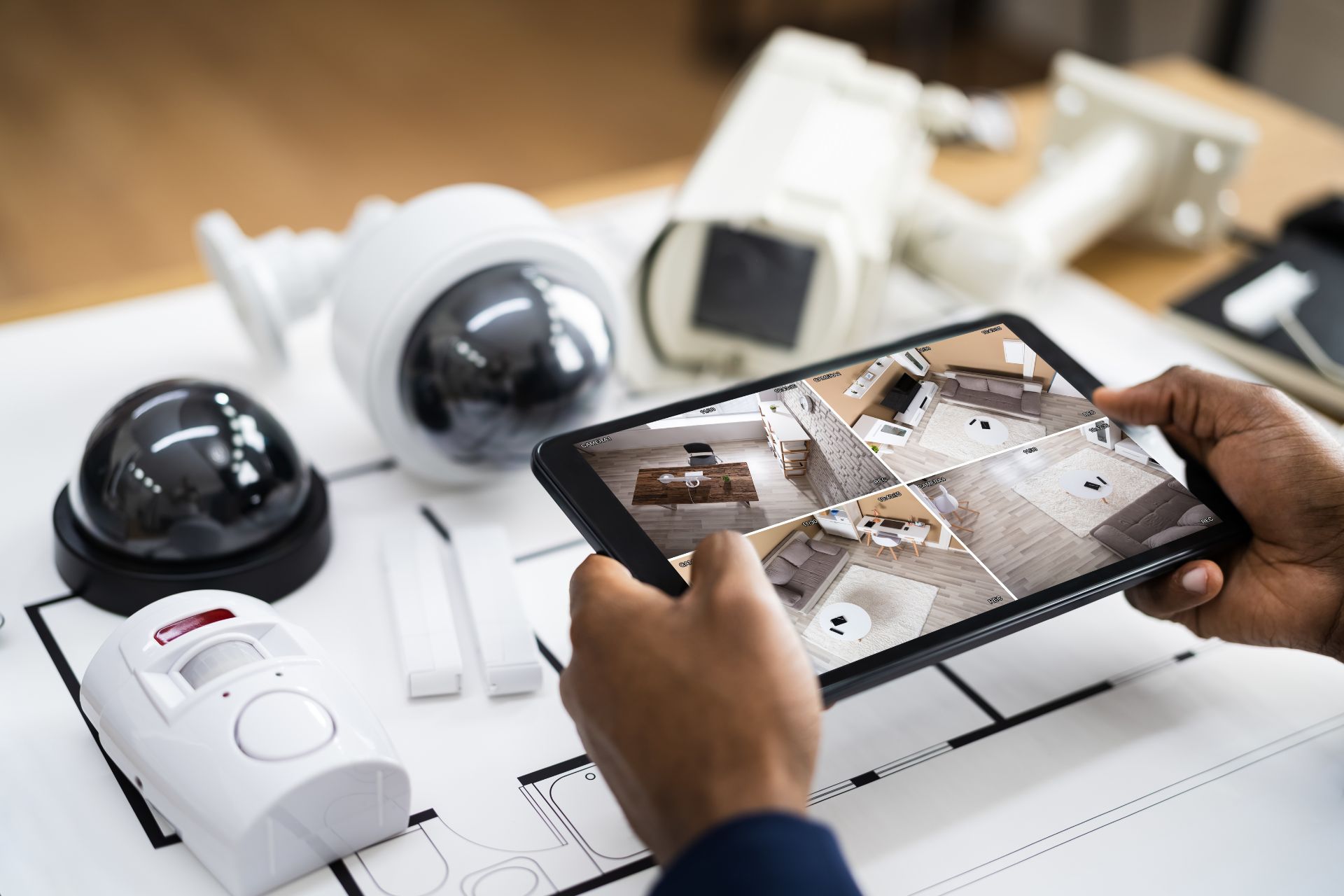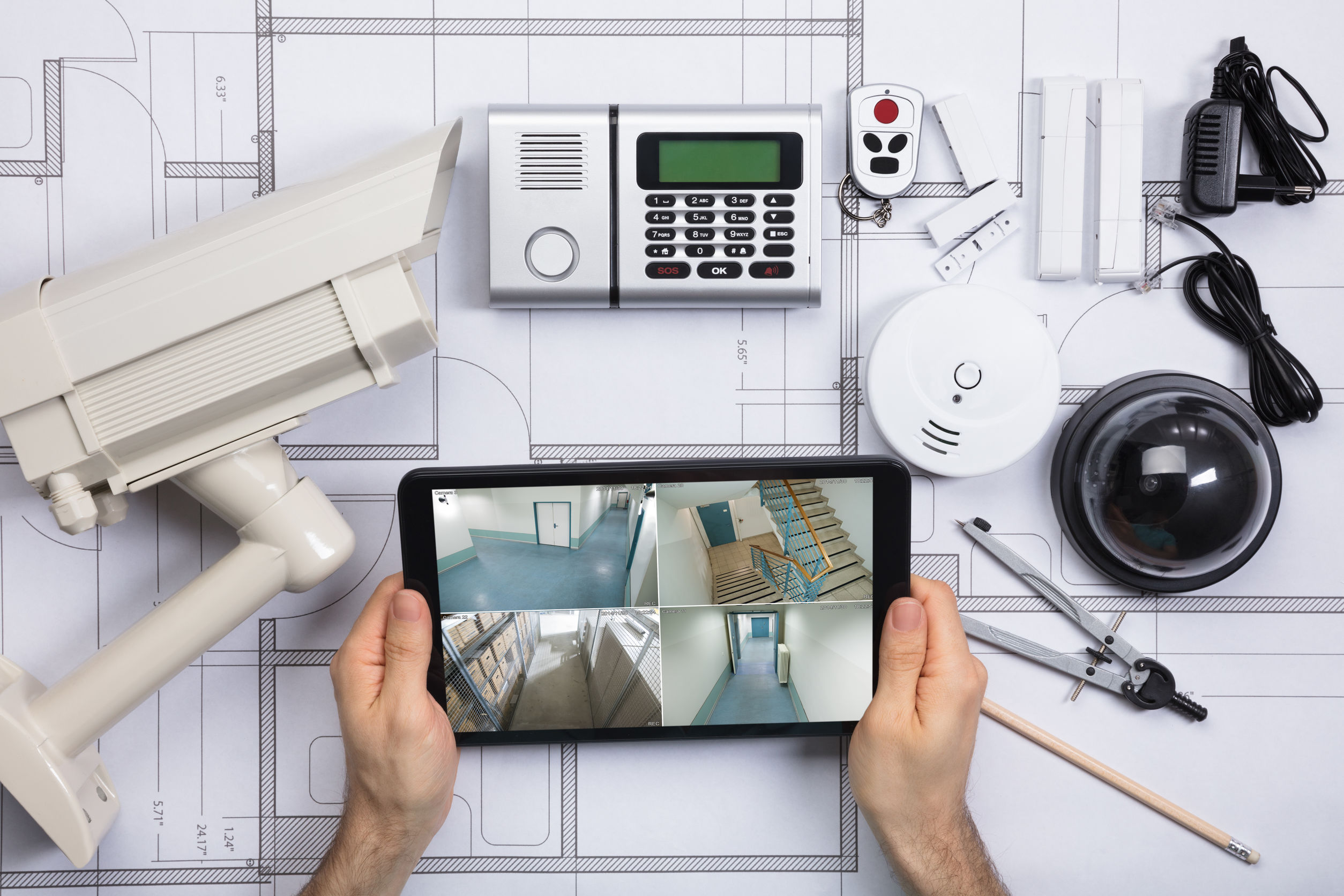Frequently Asked Questions
The recommended maintenance schedules for various types of security cameras, including analog, IP, and wireless models, typically involve routine inspections and cleaning to ensure optimal performance and longevity. For analog cameras, it is advisable to conduct a thorough check every six months, focusing on the integrity of the coaxial cables and connectors, as well as the functionality of the power supply. IP cameras, which rely on network connectivity, should undergo monthly assessments of firmware updates and network security protocols to mitigate vulnerabilities. Wireless cameras require special attention to battery life and signal strength, with quarterly checks recommended to replace batteries and optimize Wi-Fi connectivity. Additionally, all camera types benefit from regular lens cleaning to remove dust and debris, which can obstruct image clarity. Overall, a comprehensive maintenance plan that includes visual inspections, software updates, and environmental assessments will enhance the reliability and effectiveness of security camera systems.
To determine if an existing security camera system requires an upgrade, one must evaluate several critical factors, including image resolution, field of view, night vision capabilities, and overall system compatibility with modern technologies. If the current cameras are limited to standard definition (SD) rather than high definition (HD) or ultra-high definition (UHD), the clarity of surveillance footage may be insufficient for effective monitoring and identification. Additionally, assessing the camera's low-light performance is essential; systems lacking advanced infrared (IR) or color night vision may fail to capture crucial details in dimly lit environments. Furthermore, the integration of smart features such as motion detection, remote access via mobile applications, and cloud storage options can significantly enhance security management. If the existing system lacks these functionalities or struggles with connectivity issues, it may be time to consider an upgrade to a more robust, scalable, and user-friendly security solution that incorporates the latest advancements in video analytics and cybersecurity measures.
When upgrading to a higher resolution camera, several specific features should be meticulously considered to ensure optimal performance and image quality. First and foremost, the sensor size plays a crucial role; larger sensors, such as full-frame or medium format, typically capture more light and detail, resulting in superior dynamic range and lower noise levels, especially in low-light conditions. Additionally, the pixel count is significant; cameras with higher megapixels can produce larger prints and allow for extensive cropping without sacrificing detail. The type of sensor technology, such as CMOS versus CCD, can also impact image quality, with CMOS sensors generally offering better performance in high ISO settings. Furthermore, the presence of advanced autofocus systems, such as phase detection or contrast detection, enhances the ability to capture sharp images of moving subjects. Image stabilization features, whether in-body or lens-based, are essential for reducing motion blur, particularly in handheld shooting scenarios. Lastly, the availability of high-quality lenses compatible with the camera system, along with features like weather sealing and robust build quality, should be evaluated to ensure versatility and durability in various shooting environments.
To ensure compatibility between new cameras and an existing security system, it is essential to consider several key factors, including the camera's resolution, connectivity options, and protocol standards. The integration process should begin with verifying whether the new cameras support the same communication protocols, such as ONVIF, RTSP, or proprietary formats, as the current system. Additionally, assessing the compatibility of video compression formats, such as H.264 or H.265, is crucial for seamless video streaming and storage efficiency. Furthermore, the existing network infrastructure, including bandwidth capacity and router specifications, must be evaluated to accommodate the additional data load from the new IP cameras. It is also advisable to check for firmware updates on both the cameras and the security system to enhance interoperability and security features. Lastly, consulting the manufacturer's specifications and user manuals can provide valuable insights into potential integration challenges and solutions, ensuring a cohesive and efficient surveillance setup.
To ensure the secure storage and management of recorded footage from security cameras, it is essential to implement a multi-layered approach that encompasses encryption, access control, and regular audits. Utilizing robust encryption protocols, such as AES-256, protects video data both at rest and in transit, safeguarding it from unauthorized access and potential breaches. Access control measures, including role-based permissions and two-factor authentication, restrict viewing and management capabilities to authorized personnel only, thereby minimizing the risk of insider threats. Additionally, employing a secure network architecture, such as VLANs and firewalls, can further isolate camera feeds from external threats. Regularly scheduled audits and vulnerability assessments help identify and mitigate potential security weaknesses, while secure backup solutions, including off-site storage and cloud services with end-to-end encryption, ensure data redundancy and disaster recovery. By adhering to these best practices, organizations can effectively manage their surveillance footage while maintaining compliance with privacy regulations and industry standards.

